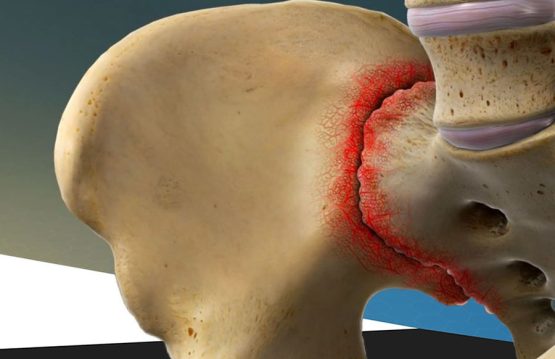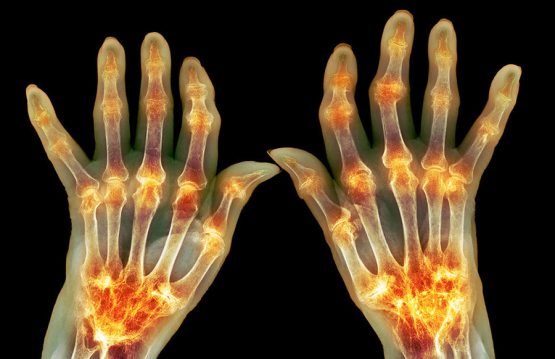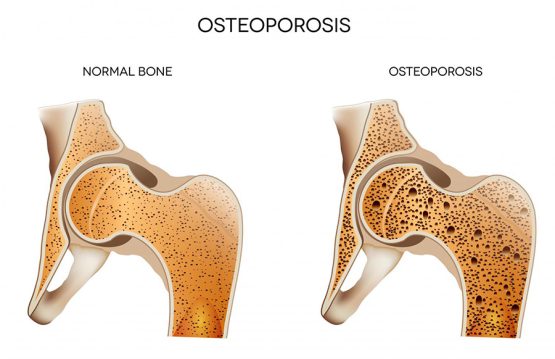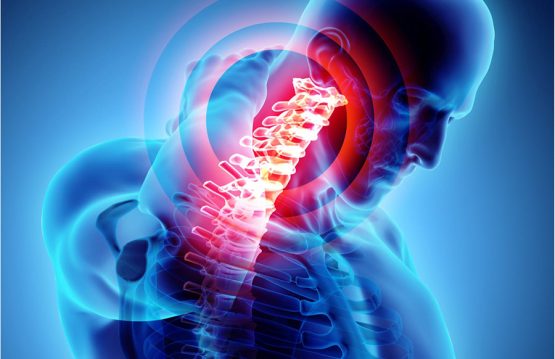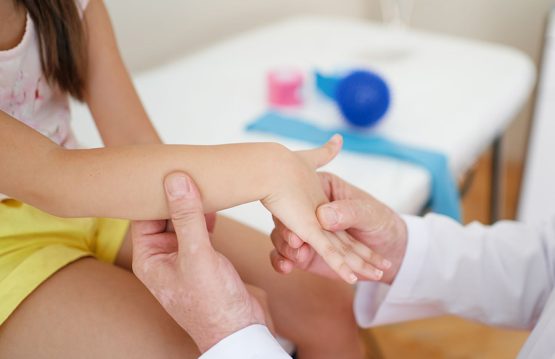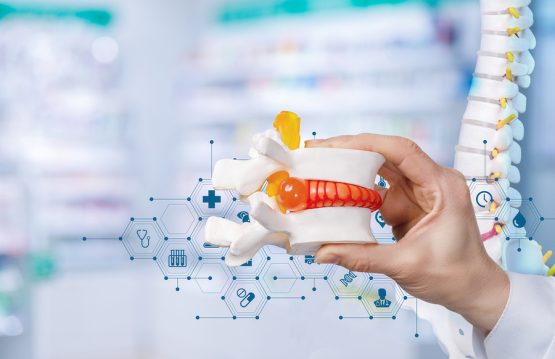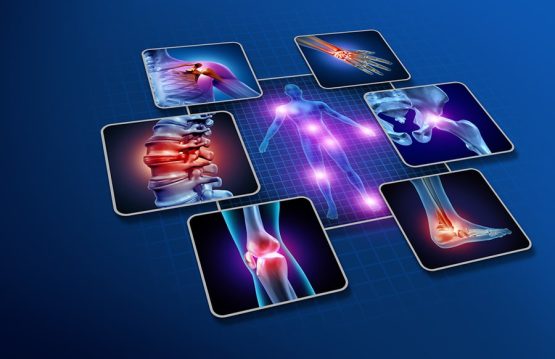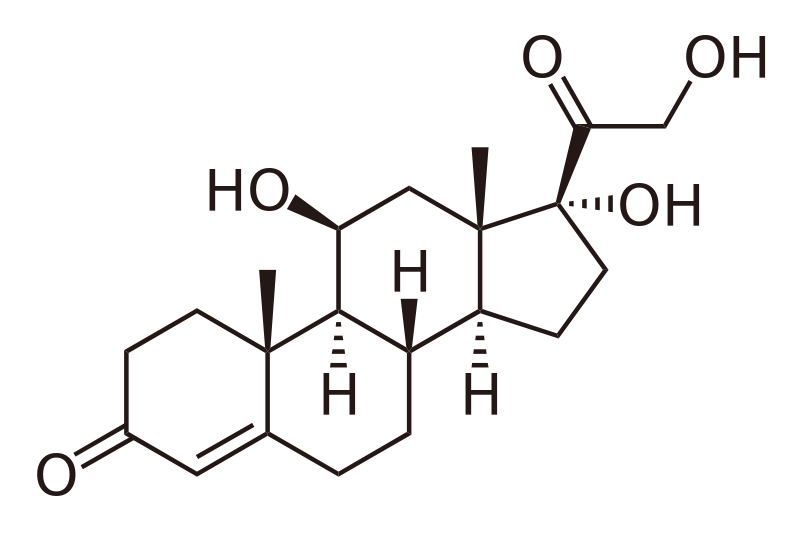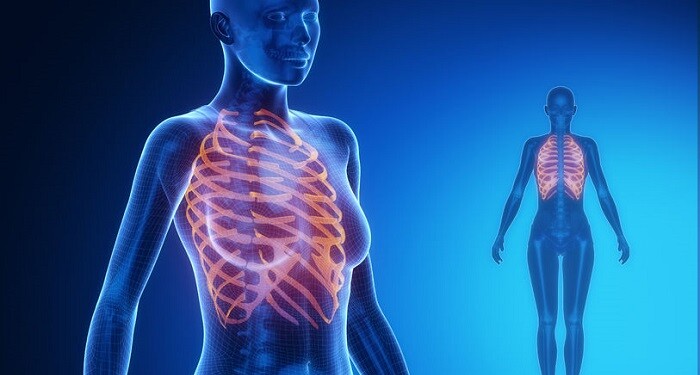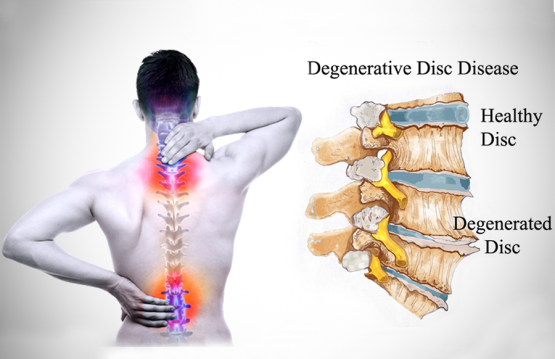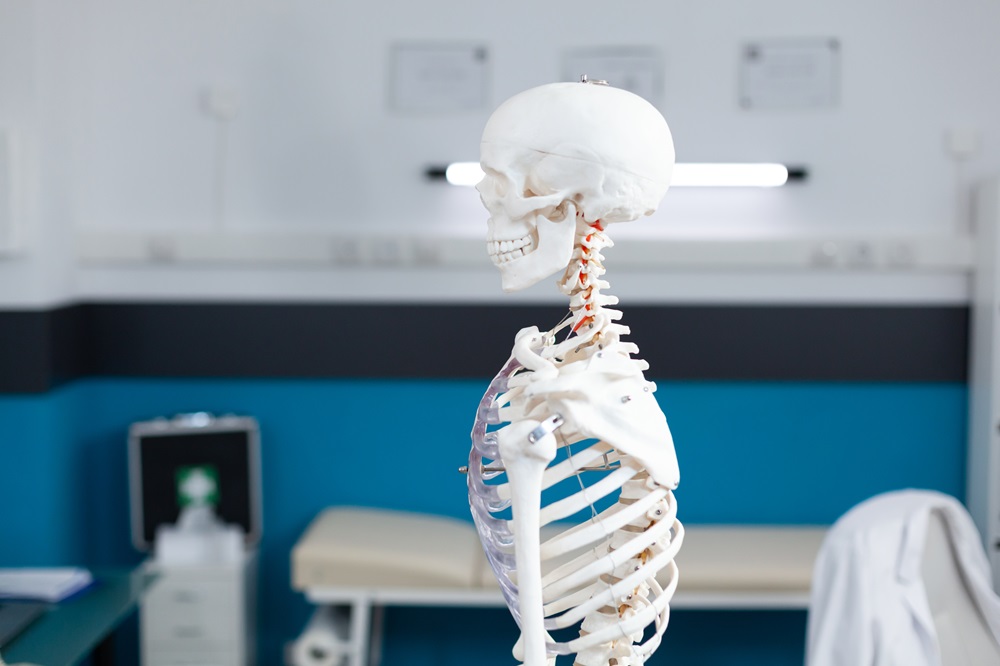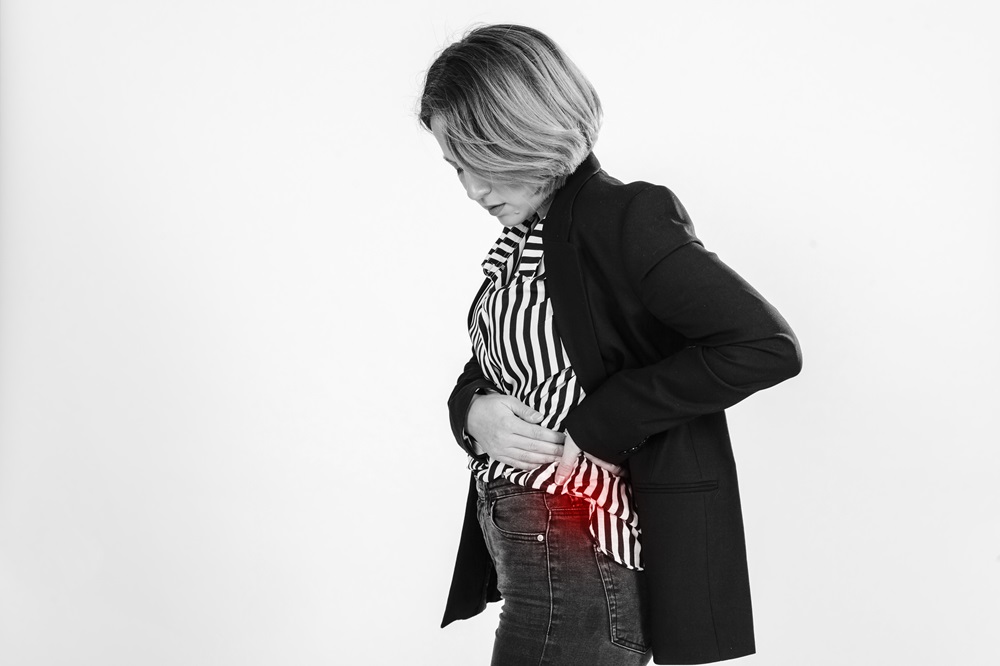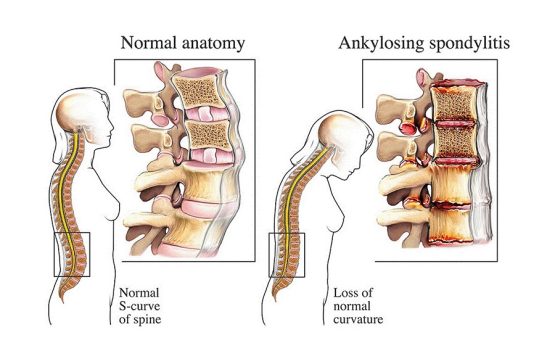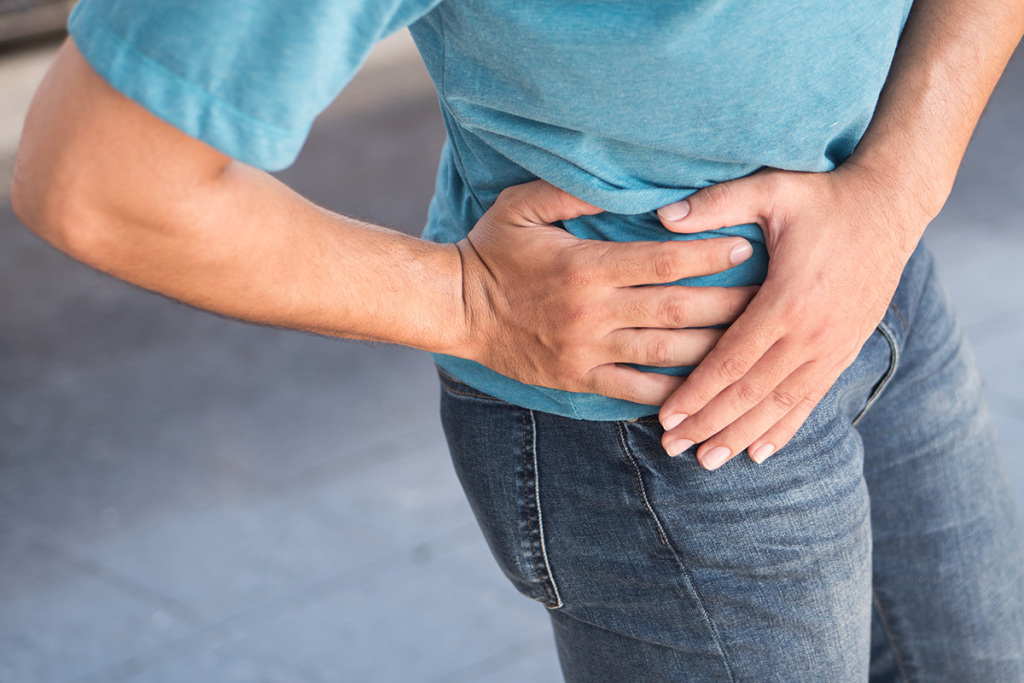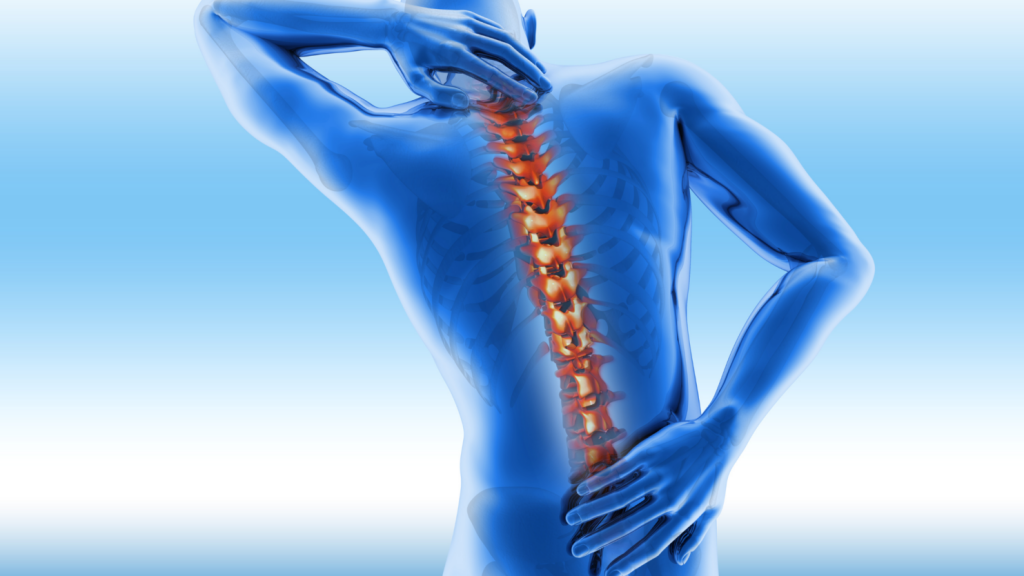Sacroiliac joint dysfunction is a condition that causes low back pain or pain in the legs.
This kind of pain is difficult to diagnose as it can be confused with foot pain caused by the sciatic nerve or herniated disc.
The sacroiliac joint is responsible for 15-30% of low back pain.
The sacroiliac joint connects the bones of the hips to those of the sacral bone. The function of this joint is to alleviate the shocks that appear at the meeting of the trunk with the pelvic area. This joint is not very mobile and is fixed with strong ligaments. They provide support to the joint, but also absorb the shocks to which the spine is exposed.
CONTENT:
What are the causes?
In general, dysfunctions in this joint occur for two reasons:
- Excessive mobility of the sacroiliac joint – hypermobility in the sacroiliac joint can cause instability in the pelvic area, thus causing pain. Pain caused by excessive mobility of the sacroiliac joint is generally felt in the lumbar area or hip, but may radiate to the groin area
- Reduced mobility of the sacroiliac joint – joint stiffness can cause muscle tension, pain and can also inhibit mobility. The pain is generally felt on one side of the lumbar area or on the buttocks. At the same time, however, the pain may radiate to the back of the foot, resembling the pain caused by the sciatic nerve.
Inflammation of the sacroiliac joint can also cause pelvic pain as well as stiffness.
This disease is more common among young people and middle-aged women.
Women who are pregnant or have recently given birth are more prone to pain caused by dysfunction of the joint.
What are the symptoms?
- Diffuse low back pain, which can be mild or severe. Low back pain is generally felt on one side, but there are also exceptional situations in which pain is felt on both sides
- Pain that radiates to the hips, buttocks and groin
- Pain similar to that caused by the sciatic nerve, which manifests itself episodically, in the form of “stab wounds”. Tingling and numbness may occur
- Stiffness in the back, hips and pelvic area
- Instability in the pelvic or lumbar area
What is the treatment?
Treatments for these dysfunctions aim to relieve pain and restore joint mobility. Generally, these conditions are treated non-surgically.
Rest is indicated for 1-2 days in case of pain caused by dysfunctions of the sacroiliac joint. Hot or cold compresses are also used to relieve symptoms. Medications to relieve pain, but also to reduce inflammation, are also used to relieve pain.
Therapeutic massage and joint injections can also be used to relieve pain caused by this dysfunction.


